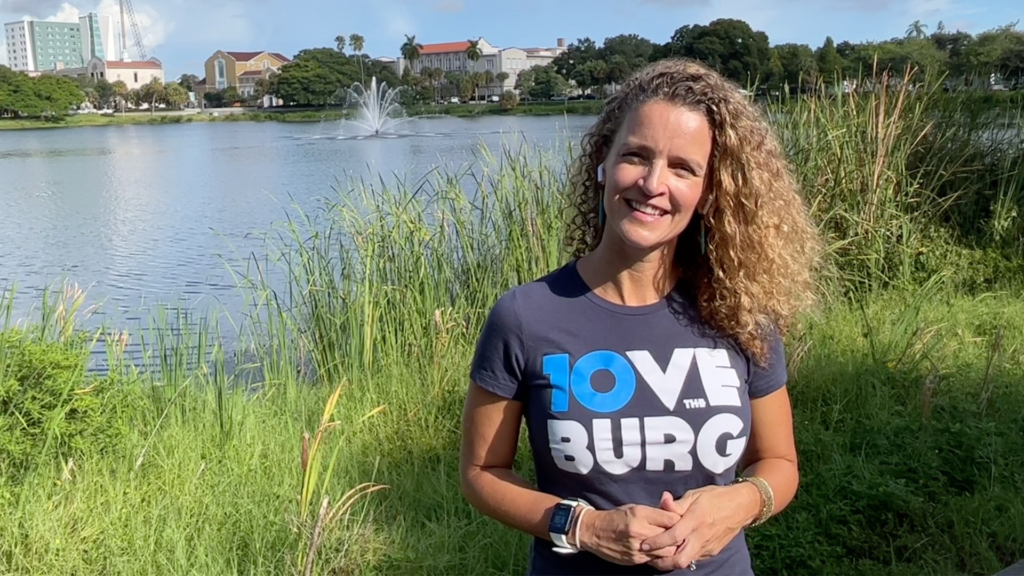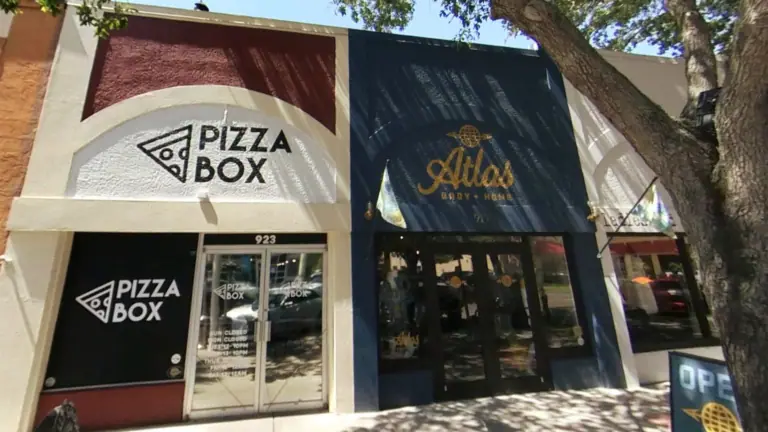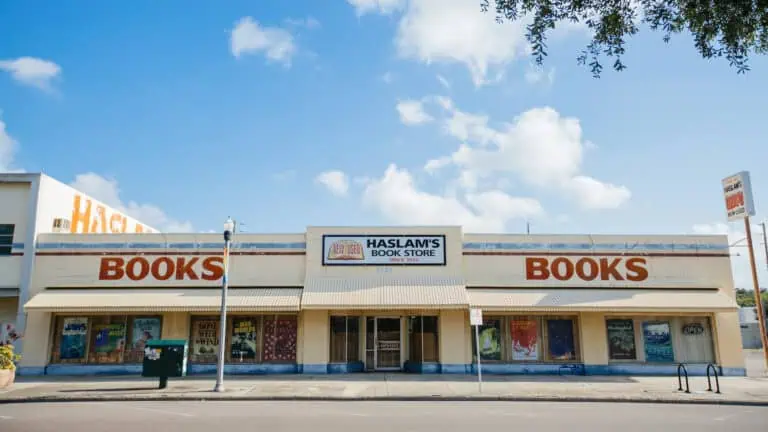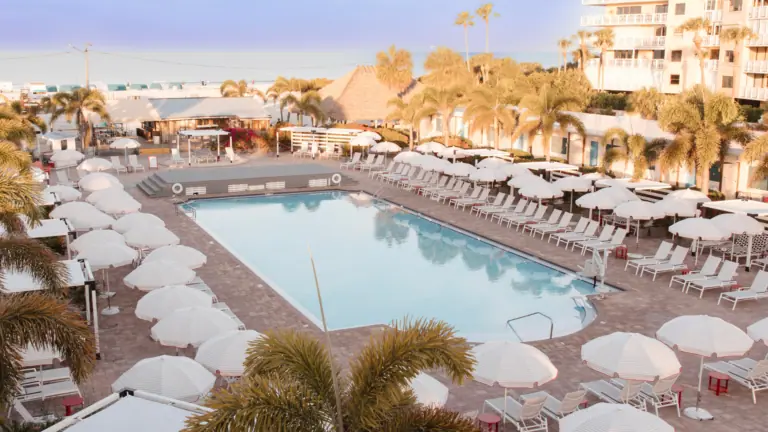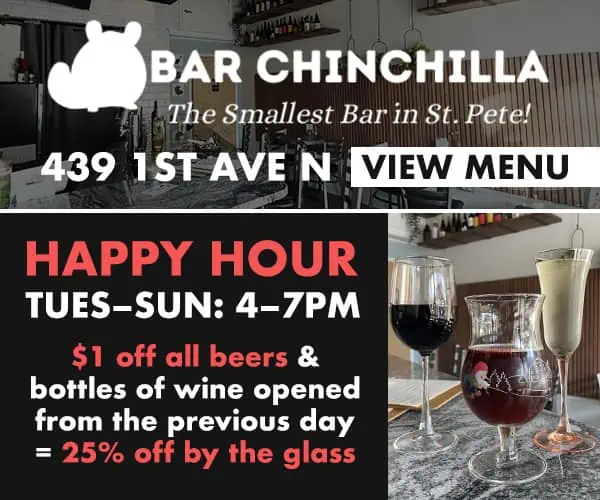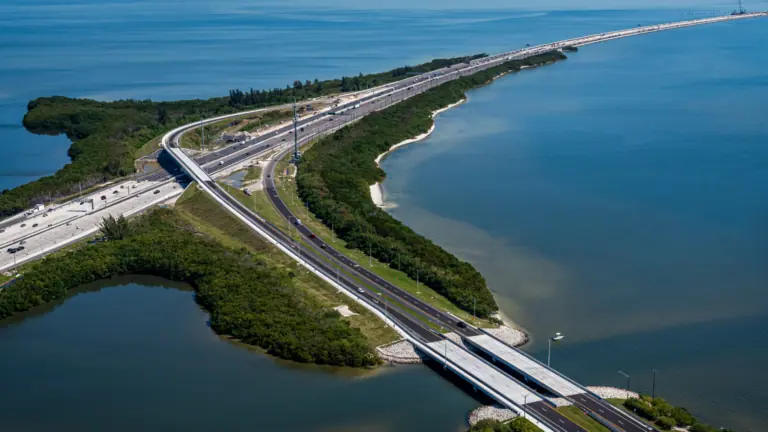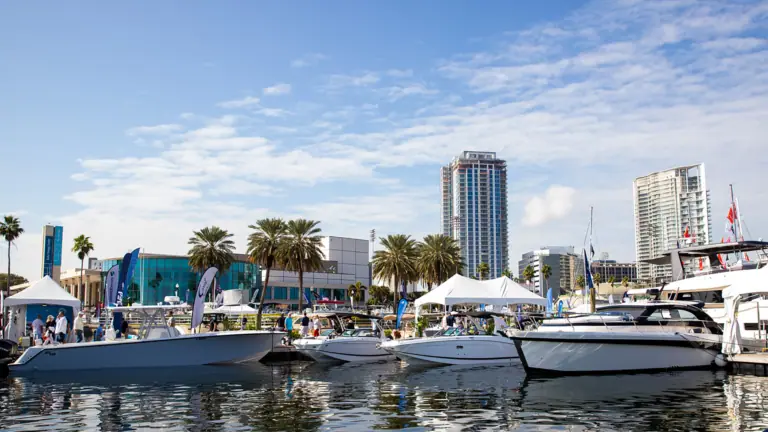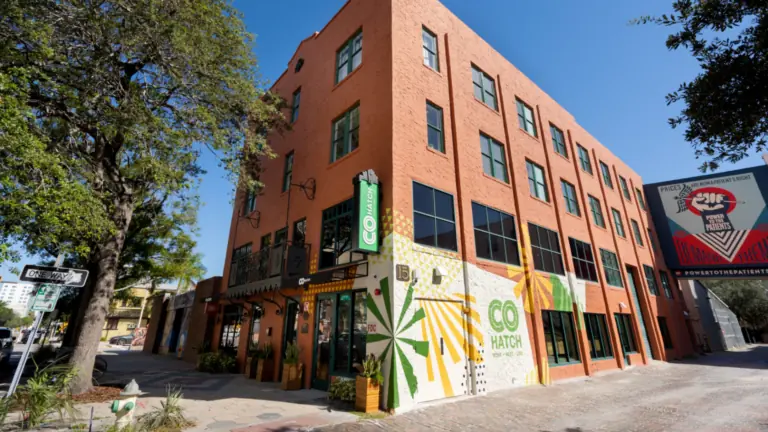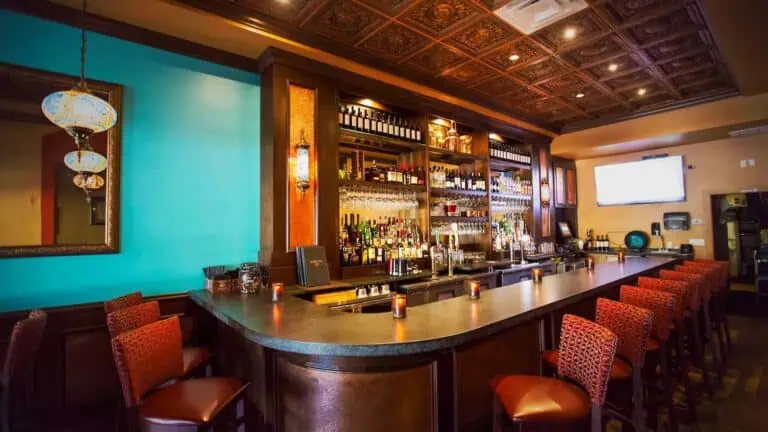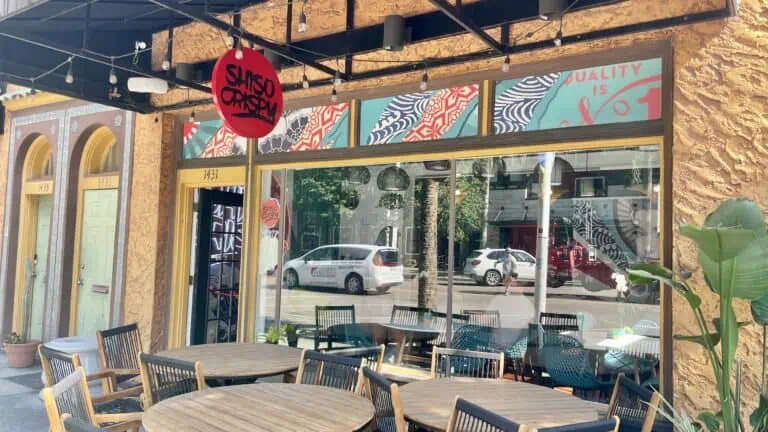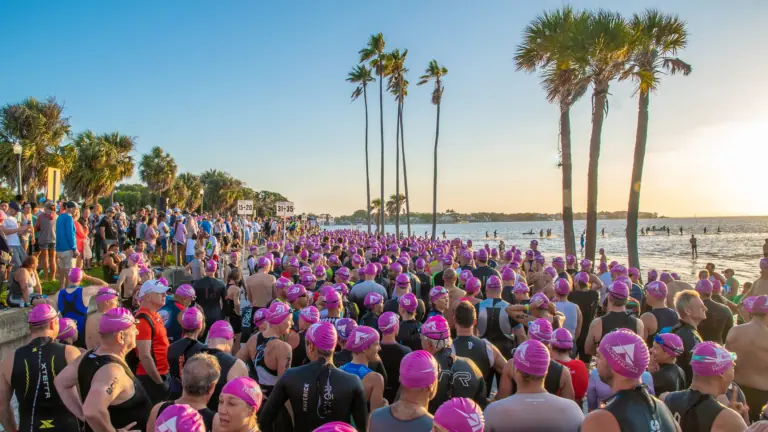Local historian and tour guide Monica Kile, a regular contributor to I Love the Burg, will be sharing weekly pieces that showcase the history behind many of the city’s new (and old) developments. Her first story, coming Monday, January 16, discusses the downtown site of Art House St. Pete – currently under construction – which used to be the St. Petersburg train station.
As 2022 came to a close, I read a number of articles recapping the biggest St. Petersburg stories of the year. The redevelopment of Tropicana Field topped most lists, with other potentially transformative projects looming in the background: the municipal marina, Albert Whitted Airport, condominiums at Mirror Lake (well, all over town, really.) New hotels, apartments, parking, transportation, restaurants, and breweries rounded out the most read stories and most watched developments.
I read it all with a mix of understanding and wonder. This most recent development boom has both confirmed my instincts about St. Pete’s appeal, and amazed me with its intensity.
ADVERTISEMENT
As an avowed preservationist, one might expect me to lament all of this dizzying new development. But as a student of St. Pete history, I see it as just the next step in our evolution. I frame every tour and lecture I conduct around the idea of St. Pete’s booms and busts; its appeal to tourists and transplants. The only thing that surprises me about this latest boom is its scope. But maybe that’s how residents felt during the 1920s boom, as well. Wonder and amazement at what was happening around them.
Growth is exciting, but perspective is key
So, no. I don’t lament all of the development. I find it exciting. I do worry about the loss of the remaining historic downtown buildings, which I believe lend the very character that is, in part, responsible for attracting all of these new residents. I have serious concerns about sea-level rise and our aging infrastructure. And I sympathize with my friends whose rent is increasing, but who can’t afford to buy a home; my husband and I could never afford to buy our Old Northeast home today.
But you won’t hear me complain about lack of parking and wait times at restaurants (well, maybe a little. News flash to new arrivals – you NEVER had to wait to get a table just a few years ago!) There are benefits to population density. Improved transportation options – ten years ago we didn’t have a bike share, scooters, or the SunRunner, all of which I enjoy and see other people using frequently.
ADVERTISEMENT
Better services: we now have two attractive bookstores, though we lost the institution that was Haslam’s (and I’m betting a condo goes up in that location.) Countless coffee shops, restaurants, and bars. I visit the new Pier at least once a month (my kids like the playground, and my husband and I like the ease of the food options next to it.) The list goes on.
But I realized, when reading those year-end recap articles, that I view all of this development with an understanding and appreciation of the past that puts it into perspective. And it occurs to me that not everyone does. A side effect of so many new arrivals could be a dearth of understanding of who we are as a city. Or who we were anyway. Who we are is changing, I think.
Learn about the history of St. Pete’s developments
So I’d like to try and remedy that. I’d like to provide some background to these places that are being redeveloped. When did the Municipal Marina originate? What’s the backstory on Albert Whitted Airport? Many people know the checkered history of Tropicana Field (and if you don’t, read my article about it, here), but what about the rich history of Mirror Lake? What is the story of all of those buildings slated for demolition to make way for soaring new condominiums?
I can tell you those stories. In doing so, I hope to shed some light on how St. Petersburg became the city that everyone wanted to move to in 2022. I write this column not as a lament for the past, but as a celebration of it. To put it in modern terms, St. Pete is “winning.” And it’s hard to complain when you’re winning. But in winning, let’s be humble, and look at what we’ve done right, and what we can improve.
I have no agenda, other than appreciation. Join me weekly in this space to learn why.
—
For more from Monica, check out The History Half Hour – a master class all about the Sunshine City.
ADVERTISEMENT






